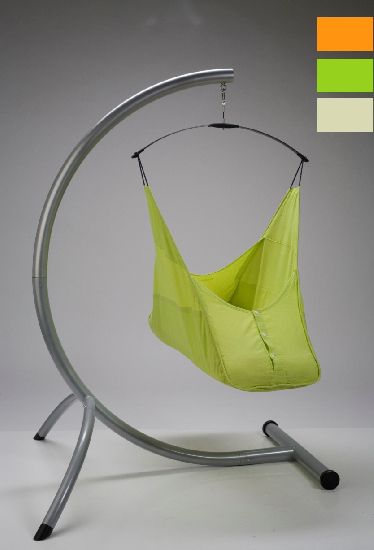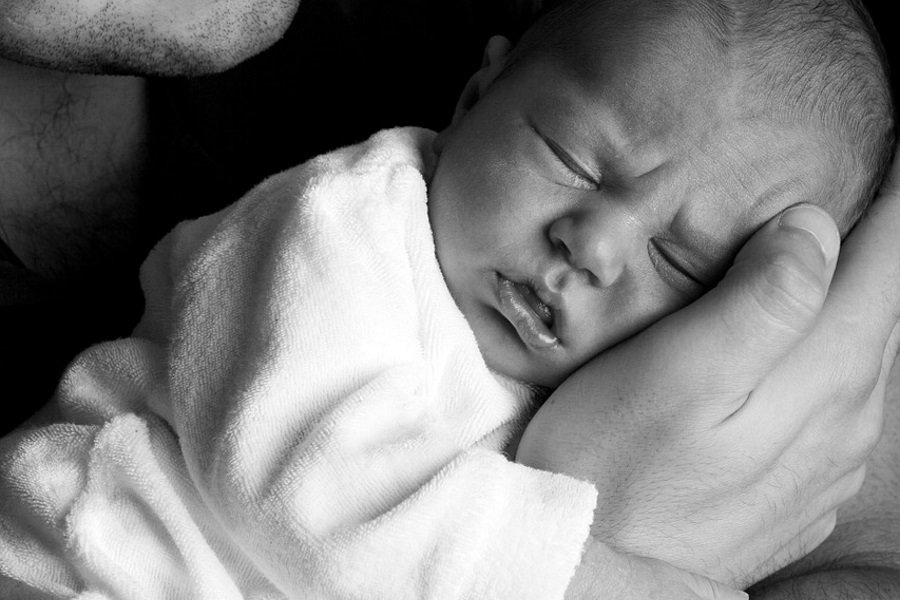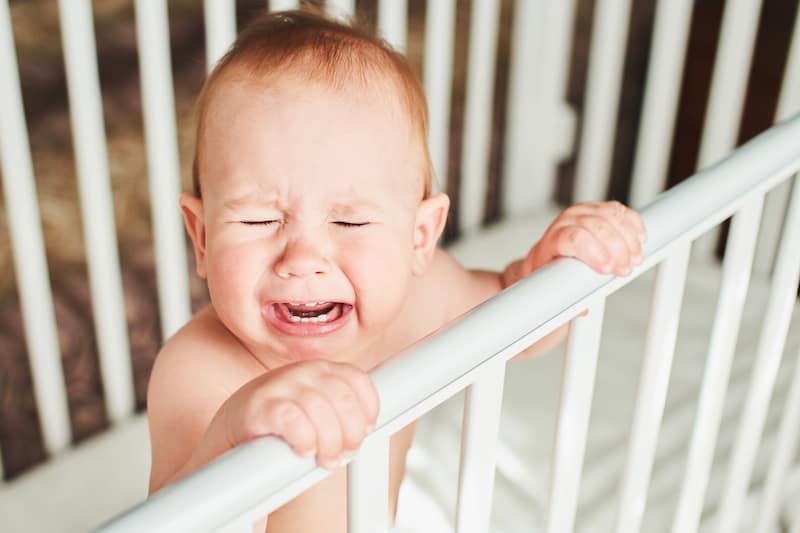Swaddling has been used with newborns since the dawn of time. A nice, snug swaddle replicates the warm and cozy environment of the womb, meaning a calmer baby who often sleeps better and longer. Hospitals typically send babies home wrapped in a standard issue, pink or blue blanket. Some nurses refer to it as the ‘burrito wrap’. But if you’ve ever cursed your baby’s swaddling blanket after she’s wriggled out of it in the middle of the night (yet again), this list is for you!
Up to 30 % of parents of young children encounter difficulty with getting their little ones to fall asleep or stay asleep. Sleep is important for children’s health and development. Lack of sleep in children is known to cause learning and memory deficits resulting in difficulty attaining age appropriate milestones for younger children and poor academic performance in school aged children. It is also reported that lack of sleep in children can result in irritability, depression, hyperactivity and aggression. Moreover, disturbed sleep in children often causes stress on the entire family. Contrary to belief, children do not outgrow sleep problems and if left untreated, sleep disorders are more likely to persist, but many still struggle with ways to get your baby to sleep?
In order for children to learn and develop, they need to be well rested to be at their optimum for taking in new information and accomplishing motor and cognitive milestones. Parents should practice and teach their children good sleep hygiene techniques to promote better sleep. The term sleep hygiene relates to sleep behaviours that expose a child to activities and cues that prepare and promote them for well timed and effective sleep. Here is a top 10 list of good sleep hygiene practices to teach your children:
10 Ways to Get Your Baby to Sleep
• Being active during the day. Age appropriate activities are essential to help children establish good sleep-wake cycles. It exposes them to daylight and activities throughout the day which is thought to help increase the release of a hormone (melatonin) at night to help children sleep. Activities for an infant such as tummy time or a toddler playing at a park on swings, climbing, sliding etc… Children are meant to move and sedentary activities such as television are thought to hinder a good night’s sleep.
• Routines help children understand what is coming next; this allows them to anticipate what is happening in their day.
• Establish a bedtime routine to allow them to wind down and get themselves ready to transition from wake to sleep. Take approximately 30 mins of quiet time doing relaxing activities prior to getting your child to sleep.
• Keep to a fairly predictable schedule during the week and weekends e.g. bedtime/naptimes should not vary more than one hour either side of regular bedtime. Most children are in bed by 730pm every night. Autumn is the best time to put children to bed earlier and benefit from the daylight savings time change to help with the transition.
• Try not to feed your child food containing caffeine 4-6 hours prior to bedtime (e.g. cookies or muffins containing chocolate), it acts as a stimulant and keeps children awake.
• The Canadian Paediatric Society recommends no television for children under two years of age. If you let your child watch television ensure that they do not watch any at least 2 hours prior to bedtime, this activity stimulates children instead of calming them. Try reading a favourite book or singing some bedtime songs to help transition them to calmer activities.
• For younger children, research studies report that infants who learn to settle themselves are more likely to discover self-soothing techniques and are better sleepers by 6 months than infants whose caregivers assist infants to sleep through various activities e.g. feeding or rocking to sleep.
This does not mean letting your child cry it out but rather letting them settle themselves.
• Noise reduces sleep time, especially in deep sleep, and increases light sleep e.g. a party going on at next door neighbours. During light sleep, noises can wake a person more easily. Try using a white noise machine.
• When the room temperature is too hot, time in deep sleep is decreased. In a room too cold, it takes longer for a person to get to sleep. Recommended room temperature for sleeping is between 16 and 20 degrees Celsius.
Need more ideas? We’ve rounded up the ‘experts’ – Elizabeth Pantley and Richard Ferber.
Jennifer Garden, a registered health professional (occupational therapist) and mother of two year old twins!
 This is fun. (Mainly because my kids actually sleep now) and it brings back so many memories of bad mommy dates when ‘Sleep Training‘ disagreements happened. I felt isolated, alone, tired and fed up with everyone else proffering their ‘advice’ and ‘tips‘. (It’s actually one of the reasons why I wanted to run UrbanMommies.com and UrbanDaddies.com.) Nobody should preach to you. But you should have the info that you need in an easy-to-read format. And nobody should feel alone as a new parent. It’s the hardest and best time, and that’s when you need the support. That being said, Elizabeth Pantley wrote “The No-Cry Sleep Solution” and has some fabulous gentle methods. Here’s an overview of baby sleep methods from Elizabeth Pantley.
This is fun. (Mainly because my kids actually sleep now) and it brings back so many memories of bad mommy dates when ‘Sleep Training‘ disagreements happened. I felt isolated, alone, tired and fed up with everyone else proffering their ‘advice’ and ‘tips‘. (It’s actually one of the reasons why I wanted to run UrbanMommies.com and UrbanDaddies.com.) Nobody should preach to you. But you should have the info that you need in an easy-to-read format. And nobody should feel alone as a new parent. It’s the hardest and best time, and that’s when you need the support. That being said, Elizabeth Pantley wrote “The No-Cry Sleep Solution” and has some fabulous gentle methods. Here’s an overview of baby sleep methods from Elizabeth Pantley.
Want to see a bunch of new moms come to blows faster than teams in a Stanley Cup playoff? Mention infant sleep training – and then talk about Richard Ferber. We review his ideology so you can pick a side for the fight. Just remember, you are the parent and your own instincts blended with your baby’s cues cannot be preached at by anybody, no matter how much of an offence they can play. (And moms also reserve the right to change their mind if their first choice doesn’t work). Here is an overview of Baby Sleep Methods from Richard Ferber.
The Ferber Method
Infant sleep problems are what a lot of parents are normally confronted with as a challenge in raising their children. Dr. Richard Ferber, in an attempt to help solve these problems proposed a couple of methods to be used in sleep training for infants and children. These methods are now popularly referred to as Ferberization techniques. In a nutshell? The parent leaves the baby to cry for a predetermined time before giving external comfort that will put the baby to sleep.
The wide array of techniques for infant sleep training as proposed by Richard Ferber includes taking steps to prepare the baby for sleep. This involves a number of day time and bed time activities – a routine that the baby can easily associate with sleep. It also entails leaving the child in bed and leaving the room at bedtime. The parent can return to comfort the baby at progressively increasing intervals without picking the baby up. This should be done till the baby falls asleep. As the days go by, the intervals for returning to comfort the baby should be increased progressively. Ferber is often misunderstood. He does condone flexibility, such as when a child is ill, traveling or has a babysitter, but stresses the importance of the routine and the lack of positive reinforcement that a baby receives for crying in order to be soothed to sleep.
The Sleep Training Controversy
This ‘training’ usually takes place between 4 and 6 months of age. However, different parents may get different results using these techniques. The controversy comes about when experts try to determining whether infants become insecure and are scarred for the future if they are left to cry at all.
Whatever your opinion, bringing up the topic in a group of new moms is always quite exciting. Just be prepared to win or lose friends..
For more information about training a baby to sleep, visit: www.childrenshospital.org
Q – My boy was born July, 2005. Everything is ok except sleep. During the night, he always cries, wakes up and then takes about 1 hour to sleep again. During the day he is happy and active and can have about a 2 hour nap every afternoon. I am worried that he lacks something in his body. Could you please give me some suggestions?
![]() Ask any parent about the most difficult part of having a baby and we are willing to bet that SLEEP will be among the top three. Our handy sleep tracker chart can at least help you to figure out when sleep is happening, and if there are any trends towards lengthier slumber! We have a ton of articles on sleep as well if you need some guidance. Baby Sleep Tracker
Ask any parent about the most difficult part of having a baby and we are willing to bet that SLEEP will be among the top three. Our handy sleep tracker chart can at least help you to figure out when sleep is happening, and if there are any trends towards lengthier slumber! We have a ton of articles on sleep as well if you need some guidance. Baby Sleep Tracker
Q – What are some gentle methods I can use to encourage sleep if I don’t feel comfortable letting the baby cry?
A – It’s very hard to train a baby to fall asleep by themselves without some crying as very often you are changing what the baby knows. As an example if the baby is used to being nursed to sleep and you would like to teach them how to fall asleep by themselves they will cry on the first night whether you are in or out of the room as they are naturally responding to the changes that you have made of not nursing them.

Well, we certainly had babies who just wouldn’t sleep and did our fair share of sling-carrying, hammock sleeping, and rocking for hours. If only this had been available. Much like the Amby Bed from Dr. Sears, the Hushamok is a super-stylish alternative which will help to lull infants to sleep in a snug cocoon. It comes with 2 sheets, a travel bag, and a hip stand.
Q: I have been hearing a lot about putting my baby to sleep in a Sleep Sack. I have seen sleepsacks in cotton as well as fleece. Is fleece a safe fabric for my baby, even in the warmer summer months?


